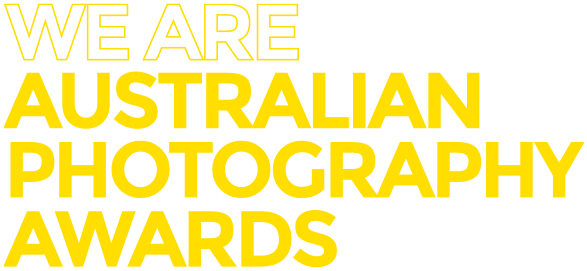Can you tell us a bit about yourself and what made you pursue photography?
I only really started pursuing photography seriously in the past 2 or 3 years, around the same time I began my undergrad studying graphic design. Before that I’d been experimenting a little with film, as well as using the camera on my phone to take photos (mainly landscapes and weird things I found interesting or caught my eye), still some of my favourite photos I’ve taken. I also owe a lot to my grandparents, in particular my grandma Loisette Marsh – a marine biologist, but seeing what she could achieve on her old 35mm cameras inspired me a great deal.
Were your images ‘Victor’ and ‘Shopping cart bumper cars’ candid captures or did you compose the images? What were your intentions behind your choices either way?

A little of both. I always approach these types of shoots with an open mind, depending on who or what I’m shooting. As I started out shooting my environment & landscapes mostly, I feel like this plays a huge part in how I work and what I see when framing an image, to try and tell a story using as much of the surroundings as with the subject themselves. I often just start out with a location in mind, the time of day and just go there and see what happens. Personally I feel like it helps create a more honest experience which hopefully comes across in those images.

Your image, ‘Better days ahead’, makes great use of available light. What compelled you to take the image and what were your technical decisions?

This set of photographs basically came about as a number of the public housing blocks around where I grew up were earmarked for demolition; boarded up, cleared out, but not yet blocked off. Something just made me want to document them before they were to be knocked down and forgotten forever. With the help of my close friend Charlotte, we basically took a wander through the since abandoned units with a few rolls of film in hand, making use of whatever light sources we could and worked with that. I wish I could say these were entirely intentional, and maybe they were somewhat, but I do feel a lot of my favourite images are built from happy accidents. For me, the unplanned is usually the most organic and real. Soon as I think too much about something it risks becoming too rigid and staged and might come across as disingenuous. But that’s just me…
Photographer Alfred Eisenstaedt said, “it is more important to click with people than to click the shutter”. Do you prefer to connect with your subjects before you photograph them? In what ways do you connect?
Absolutely! Fortunately many of the people I’ve worked with up until now have been either close friends or acquaintances at the very least; so naturally, even if we’re both super awkward to begin with there is an established trust and openness there. Also, I’ve certainly found that since shooting more 35mm & medium format, that in itself is a great icebreaker as people are often fascinated and curious about the equipment and process itself. I feel that when shooting portraits with a film camera it’s a little less invasive for the subject, slowing down and shooting with intention immediately makes the subject feel more comfortable and involved in the process.
Your image ‘Charlotte’ and 2016 entries have strong narratives evoked through composition and lighting. Can you tell us more about the stories behind them?

I think these are the kinds of images that I’m drawn to the most both emotionally & stylistically speaking. I’m not a professional by any means and know very little of studio lighting, so basically I just work with what I do know and what feels right in that moment. Natural light and real environments are what I’m most familiar with. Either these photos were taken where the subject was at home and most comfortable, or completely candid and I was fortunate enough to be a witness to that moment. Generally I prefer to document a moment rather than create it for the sake of a photo. I think this is where those previous entries you mentioned really stood out for me and and definitely not something I would ever be able to replicate.


In your image, ‘Bushfire memories’, what emotions are you evoking through the landscape and how did you achieve this?
At the time I remember hearing lots on the news about the bushfires in WA, but being relatively far-removed from the impact itself it’s difficult to comprehend just how devastating these disasters can be to both the landscape and the lives that were effected first hand. Even so many years later the scars are still very evident as the saplings try their best to take the place of those who stood tall before them. It was overcast and late in the afternoon on the day I took this image, driving through affected area near Margaret River. It’s the bleached skeletons of the trees and the textures alongside the grasses that immediately caught my attention, lining the stretch of road that seemed to keep going and going. In that image I was basically just trying to replicate how I saw the scene that day.

Out of your entries, which is your favourite and why?
To be honest, probably ‘Fight of the Kestrels’, which received an honourable mention in the wildlife category last year and I think made it in as a finalist in the student category as well. It may not be the most technical or exciting image to some, but I remember vividly, how I felt the moment I somehow managed to captured their midair tussle. I may shoot hundreds of thousands of frames in my lifetime, but it’s those 1 in a 1000 shots that keep it interesting and if other people resonate with those images as well it makes it all totally worth while.

Close second is of the couple by the river (2017 Documentary & Student category finalist).
To see these images and more of Rowan’s work head to our website galleries or find him at –
Instagram: @foxroyale
Website: www.foxroyalecreative.com


